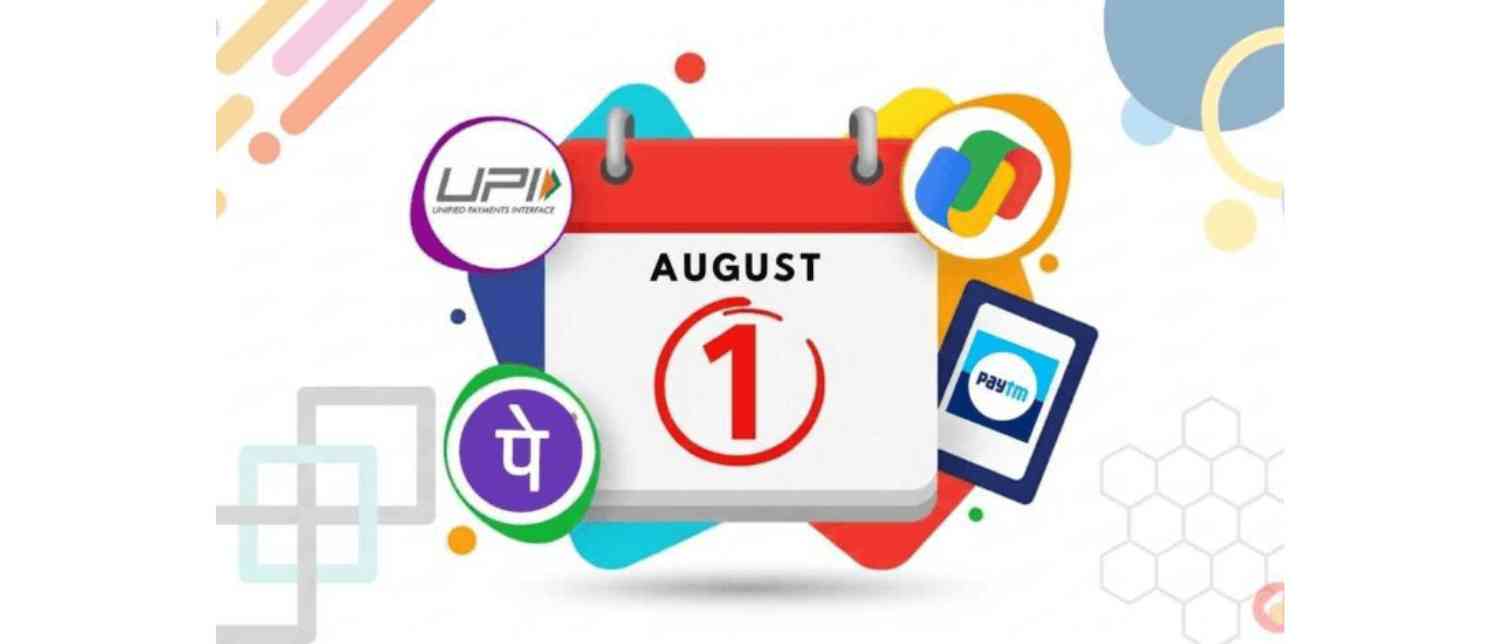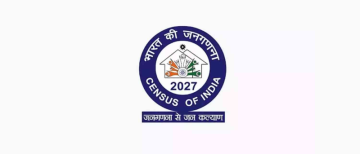As of August 1, 2025, a new set of Unified Payments Interface (UPI) rules will be implemented, introducing significant changes to how users interact with India’s most popular digital payment system. These changes affect all users of leading UPI platforms such as Paytm, Google Pay (GPay), PhonePe, and BHIM, among others.
Suppose you frequently rely on UPI for transferring funds, checking balances, setting auto payments, or simply managing your bank accounts. In that case, these revised guidelines from the National Payments Corporation of India (NPCI) will impact you, though not in your daily transactions directly, but certainly in how often and when you can perform certain actions.

Why the UPI Rules Are Changing: NPCI’s Vision for a Faster and More Stable Ecosystem
The NPCI, the authority behind UPI, issued a circular dated April 26, 2025, and a follow-up note on May 21, 2025, outlining the reasons behind these changes. According to the NPCI, the primary goal is to enhance the stability, efficiency, and speed of UPI services, especially during peak hours when digital transactions surge.
To achieve this, the NPCI has introduced usage caps and time-based regulations aimed at reducing the load on APIs (Application Programming Interfaces) and ensuring transaction response times remain low.
"PSP banks and/or acquiring banks must ensure all API requests, whether initiated by users or the system, are monitored and optimised in terms of usage and transaction per second (TPS) limits," NPCI noted.
Key UPI Rule Changes from August 1, 2025
Below are the major changes being enforced from August 1, and what they mean for everyday UPI users:
1. Daily Limit on Bank Balance Checks: Capped at 50 Per App
You will now be allowed to check your bank balance up to 50 times per day per UPI app. Whether you're using Paytm, GPay, or PhonePe, this cap applies separately to each app.
This limit is designed to reduce the API load during high-traffic periods and ensure better performance and transaction speeds.
2. Balance Display After Each Transaction
In a user-friendly move, your account balance will now be displayed automatically after every successful UPI transaction. This minimises the need to perform separate balance checks and helps you stay informed.
3. Scheduled Auto Payments Will Happen Only During Fixed Time Windows
AutoPay for recurring payments such as EMIs, OTT subscriptions, utility bills, or mutual fund SIPs will now be processed only during specific time slots:
-
Before 10:00 AM
-
Between 1:00 PM to 5:00 PM
-
After 9:30 PM
This change aims to ease the burden on the system during peak transactional hours, ensuring smoother performance during the day.
4. Limit on Viewing Linked Bank Account Details
If you frequently check which bank accounts are linked to your mobile number on UPI apps, you'll now have a cap of 25 views per day. This applies to each UPI app individually and helps conserve server bandwidth.
5. Limit on Checking Transaction Status
For pending UPI transactions, users will now be able to check the status only three times. Additionally, there must be a mandatory 90-second gap between each check attempt. This helps prevent unnecessary server load caused by rapid, repeated status queries.
6. Cap on Payment Reversal Requests
If you ever need to raise a payment reversal request due to a failed or incorrect transaction, here are the new caps:
-
Maximum 10 reversal requests allowed within 30 days
-
Out of these, only 5 can be initiated by the sender
These limits are designed to prevent misuse and streamline the reversal request process across platforms.
7. Beneficiary Name Display for Added Security
To reduce errors and prevent fraud, UPI platforms will now display the registered name of the recipient’s bank before you confirm your payment. This feature enhances transparency and gives you one last chance to verify details before proceeding.
8. NPCI to Monitor API Usage and Enforce Penalties
The NPCI will actively monitor the API usage of all Payment Service Providers (PSPs) and banks. Non-compliance with the new rules could lead to penalties or restricted access to UPI services.
NPCI has instructed all members to ensure full implementation of these guidelines by July 31, 2025, and to communicate the updates to their stakeholders and partners.
What Stays the Same?
It’s important to note that while these changes introduce caps and structured timing, your day-to-day peer-to-peer or merchant payments remain unaffected. You can still send and receive money using UPI as you normally do. These rules mainly apply to non-transactional operations like checking balances, auto-debits, or retrieving account information.
IMF Applauds India’s UPI Growth and Efficiency
In a major boost to India’s digital economy, the International Monetary Fund (IMF) has praised the country for having the fastest-growing and most efficient real-time payment system in the world.
India now makes faster payments than any other country. Proxies for cash usage have fallen dramatically,” the IMF said in a recent note.
Launched in 2016, UPI has rapidly transformed India’s digital landscape. With over 18 billion monthly transactions, it now accounts for the majority of electronic retail payments in the country, surpassing debit and credit card usage significantly.
How to Prepare for the New UPI Rules
As these new rules come into play, here are a few tips to stay ahead:
-
Limit unnecessary balance checks to avoid hitting daily caps.
-
Schedule AutoPay transactions during the new permitted time slots.
-
Double-check account details before initiating payments.
-
Monitor reversal requests carefully to stay within limits.
-
Stay updated by regularly checking notifications from your UPI app provider.
The new UPI rules from August 1, 2025, signal a shift towards a more optimised, scalable, and secure payment ecosystem. While they might seem restrictive at first, these guidelines are meant to improve transaction success rates, reduce downtime, and ensure fair usage across the board.
With inputs from agencies
Image Source: Multiple agencies
© Copyright 2025. All Rights Reserved. Powered by Vygr Media.






















